What is E100?
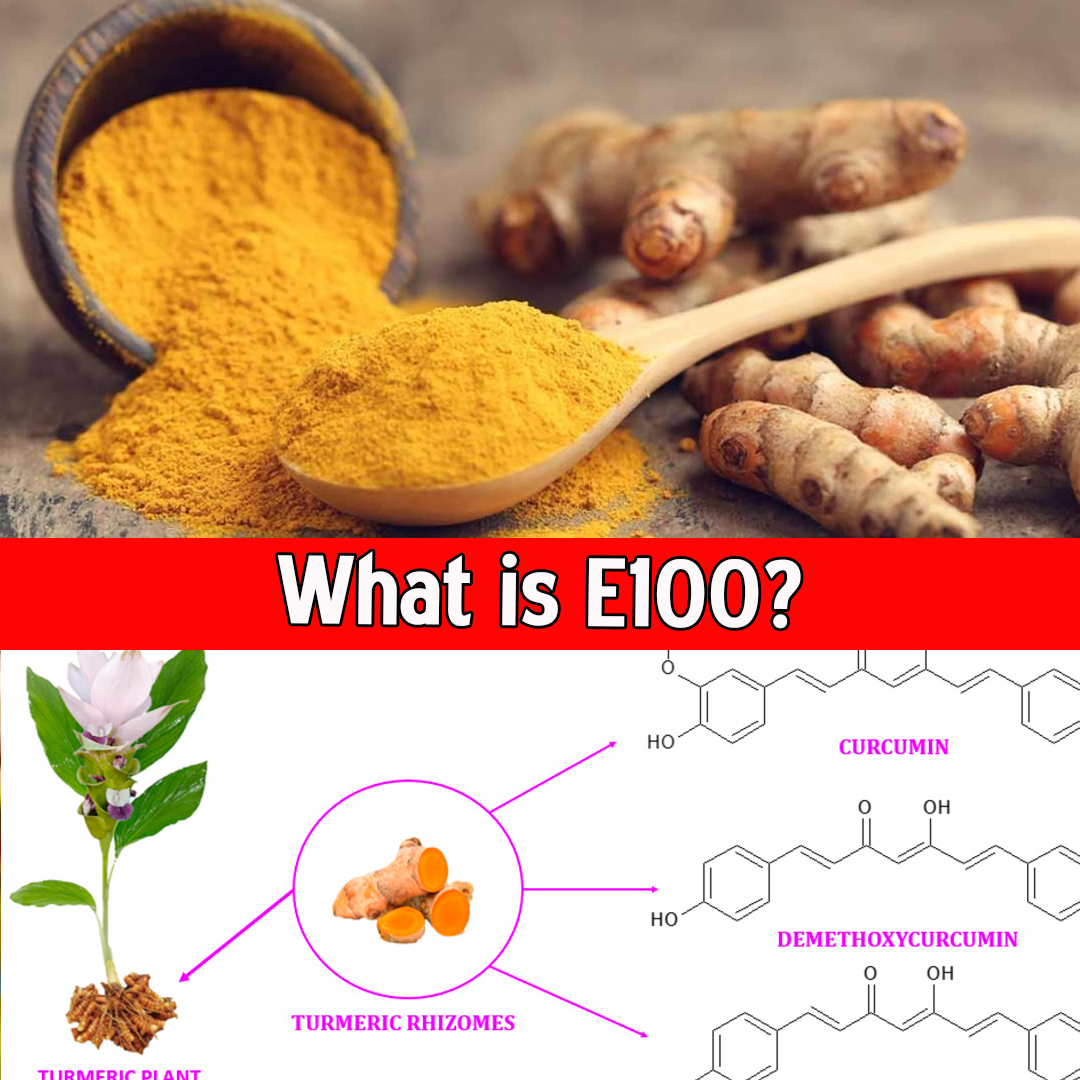
What is E100?
Introduction: Understanding Food Additives and E-Numbers
In the modern food industry, additives play a significant role in enhancing flavor, improving shelf life, maintaining texture, and adding color. These substances are identified by “E numbers” in Europe and many other countries, where “E” stands for “Europe.” These codes simplify the labeling of food additives and ensure safety standards are maintained.
Among these additives, E100 is a particularly popular and widely accepted one. It refers to Curcumin, a naturally occurring compound derived from turmeric. E100 is primarily used as a coloring agent in various food products, but it also possesses notable medicinal and antioxidant properties.
This comprehensive guide explores E100 in depth, from its origins and chemical composition to its uses, benefits, safety, controversies, and global regulations.
1. What is E100 (Curcumin)?
E100 is the code for Curcumin, the bright yellow pigment found in the rhizome of the turmeric plant (Curcuma longa). Turmeric is a spice widely used in Indian and Southeast Asian cuisine and has been known for its health benefits for thousands of years.
Scientific Information
- E Number: E100
- Chemical Name: Curcumin (C₂₁H₂₀O₆)
- Appearance: Bright yellow to orange powder
- Source: Natural – extracted from turmeric root
- Solubility: Insoluble in water, soluble in ethanol and oils
Curcumin is responsible for turmeric’s vibrant yellow color and is extracted for use in food, cosmetics, and pharmaceutical products.
2. History and Cultural Significance
Curcumin has been used since ancient times in Ayurvedic and Chinese medicine for its supposed healing properties. In India, turmeric has been revered not only as a spice but also as a sacred substance used in religious rituals and traditional ceremonies.
It was only in the 20th century that curcumin began being isolated and scientifically studied for its coloring and medicinal properties. By the 1950s, it gained recognition as a food additive, eventually being assigned the E100 code in Europe.
| Read more – What is the E code in food? |
3. How E100 is Made
The production of E100 from turmeric involves the following steps:
- Harvesting Turmeric Rhizomes: Turmeric roots are harvested, cleaned, and dried.
- Grinding: The dried roots are ground into a fine powder.
- Extraction: The powder is then treated with solvents (like ethanol or acetone) to extract the curcuminoids.
- Purification: Curcumin is separated and purified to achieve the desired concentration.
- Drying and Standardization: The final product is dried and standardized to contain about 95% pure curcumin for food-grade use.
This process ensures a high concentration of curcumin suitable for food industry applications while preserving its natural origin.
4. Uses of E100 in Food
E100 is mainly used as a natural food coloring agent, providing a yellow to orange hue in many products.
Common Applications
- Curry powders and spice blends
- Mustards and sauces
- Pickles
- Butter and margarine
- Cheese
- Beverages (like turmeric lattes)
- Ice creams and desserts
- Bakery products (buns, biscuits)
In addition to its coloring purpose, curcumin may also be appreciated for its potential antioxidant properties, which help preserve food freshness.
5. Medicinal and Health Benefits
Curcumin (E100) is not only a food additive but also a compound with promising health-related properties. Thousands of studies have explored its benefits.
a. Anti-inflammatory Properties
Curcumin inhibits molecules like COX-2 and NF-κB, which play a role in inflammation. It may help manage:
- Arthritis
- Joint pain
- Muscle soreness
- Autoimmune disorders
b. Antioxidant Effects
Curcumin neutralizes free radicals and stimulates the body’s antioxidant enzymes, potentially helping in:
- Slowing aging
- Reducing oxidative stress
- Supporting cellular repair
c. Cancer Research
Preliminary studies show curcumin might inhibit the growth of certain cancer cells (breast, colon, prostate). It affects pathways involved in cell proliferation, apoptosis (cell death), and angiogenesis.
d. Brain Health
Curcumin may increase levels of Brain-Derived Neurotrophic Factor (BDNF), a protein linked to improved cognitive function and memory, potentially helping in Alzheimer’s prevention.
e. Cardiovascular Health
It may improve endothelial function (lining of blood vessels), reduce cholesterol, and lower the risk of heart disease.
⚠️ Note: While the benefits of curcumin are promising, most research involves high-dose supplements, not the small amounts used as food coloring (E100).
6. Safety and Regulatory Status
E100 is generally regarded as safe when consumed in typical food quantities.
Global Regulatory Approvals
| Country/Region | Status |
|---|---|
| European Union | Approved (E100) |
| United States | GRAS (Generally Recognized As Safe) |
| India | Widely used and approved |
| Australia/NZ | Approved as food coloring |
| Japan | Approved |
Acceptable Daily Intake (ADI)
The Joint FAO/WHO Expert Committee on Food Additives (JECFA) has set the ADI for curcumin at:
- 0–3 mg per kg of body weight per day
This is a very generous margin, considering the small quantities used in food coloring.
7. Controversies and Concerns
While E100 is widely considered safe, some concerns have been raised:
a. Bioavailability
Curcumin has low absorption in the body. It is rapidly metabolized and eliminated. To enhance absorption, it is often paired with piperine (from black pepper) or formulated in liposomal/nano forms.
b. Potential Side Effects at High Doses
When consumed in large supplement doses, some side effects may include:
- Stomach upset
- Nausea
- Dizziness
- Risk of kidney stones (due to oxalate content)
These effects are unlikely from dietary exposure to E100 in food.
c. Adulteration
Some commercial turmeric powders are adulterated with synthetic dyes (like lead chromate) to mimic the bright color of curcumin. These substances can be toxic. Hence, ensuring authentic, food-grade E100 is essential.
8. Alternatives to E100
For consumers allergic or sensitive to turmeric or curcumin, the food industry offers other natural colorants:
| E Number | Name | Color | Source |
|---|---|---|---|
| E101 | Riboflavin | Yellow | Vitamin B2 |
| E160a | Beta-carotene | Orange-yellow | Carrots, sweet potatoes |
| E160c | Paprika extract | Red-orange | Paprika |
| E162 | Beetroot red | Pink-red | Beets |
These offer natural, non-toxic alternatives, depending on the desired food shade.
9. E100 in Non-Food Uses
Beyond food, E100 is also used in:
- Cosmetics: Soaps, creams, lotions (for color and antibacterial properties)
- Textiles: Natural dyeing of fabrics
- Pharmaceuticals: Capsules, supplements
- Ayurvedic Products: Herbal tonics and balms
Its non-toxic and biodegradable nature makes it a sustainable coloring choice.
10. Conclusion: Is E100 Safe and Beneficial?
E100, or Curcumin, is a natural, plant-based food coloring agent with a long history of culinary and medicinal use. It adds a bright yellow hue to various foods and may offer additional health benefits such as antioxidant and anti-inflammatory effects.
✅ Key Takeaways
- E100 is derived from turmeric, a safe and traditional spice.
- Approved by global food safety authorities.
- Has additional health benefits beyond food coloring.
- Used in tiny quantities, well within safe limits.
- Occasionally limited by poor absorption in the human body.
- Authentic sourcing is essential to avoid adulteration risks.

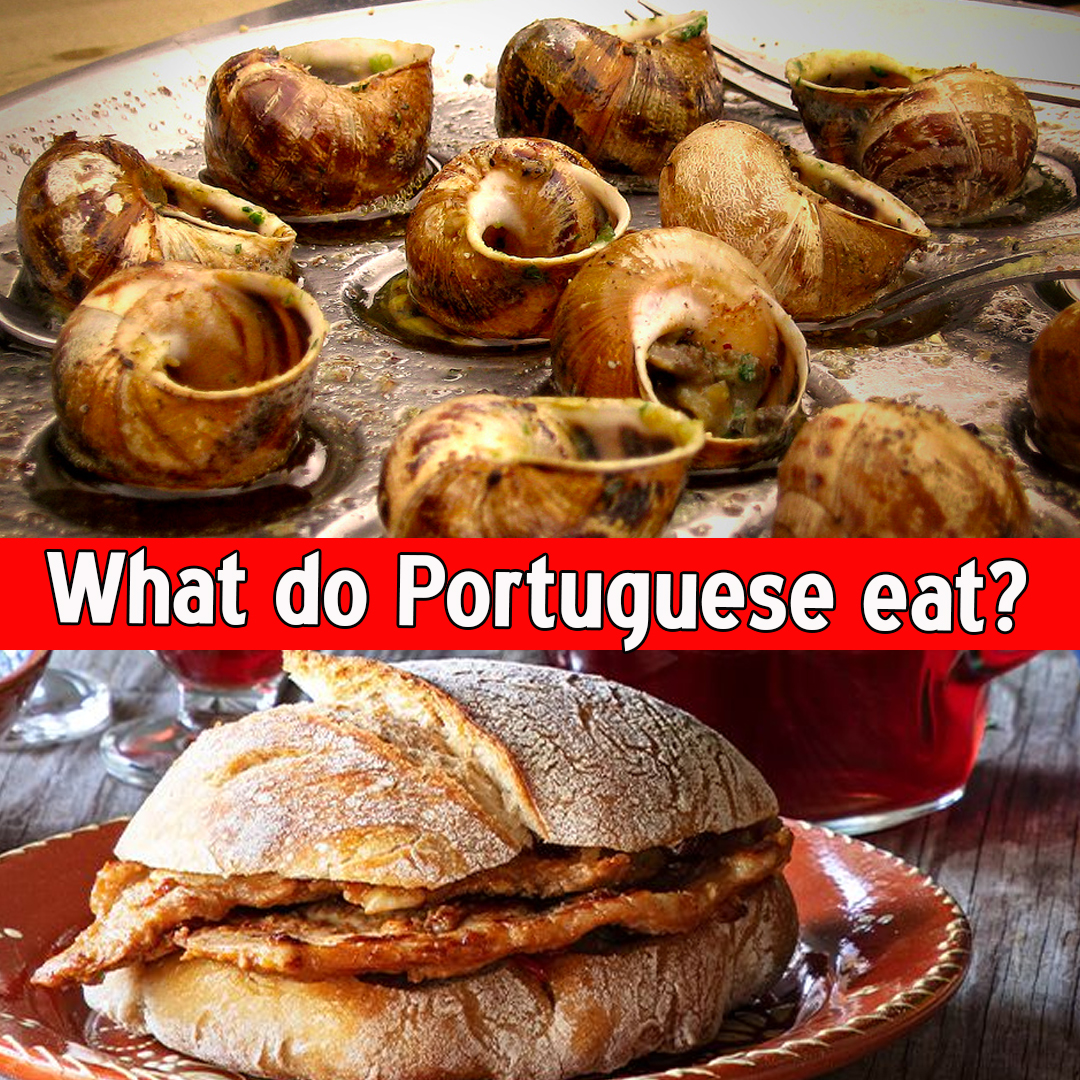



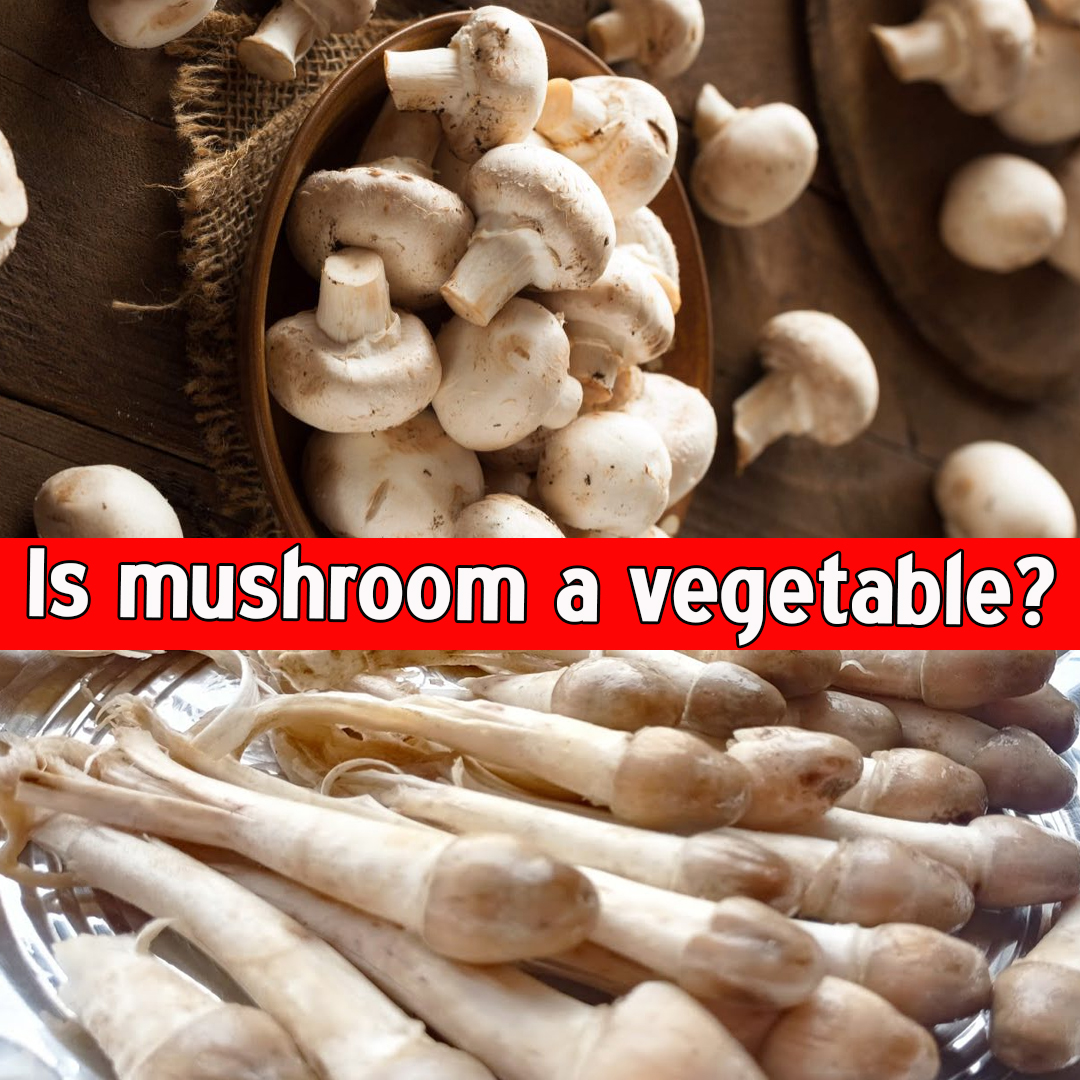



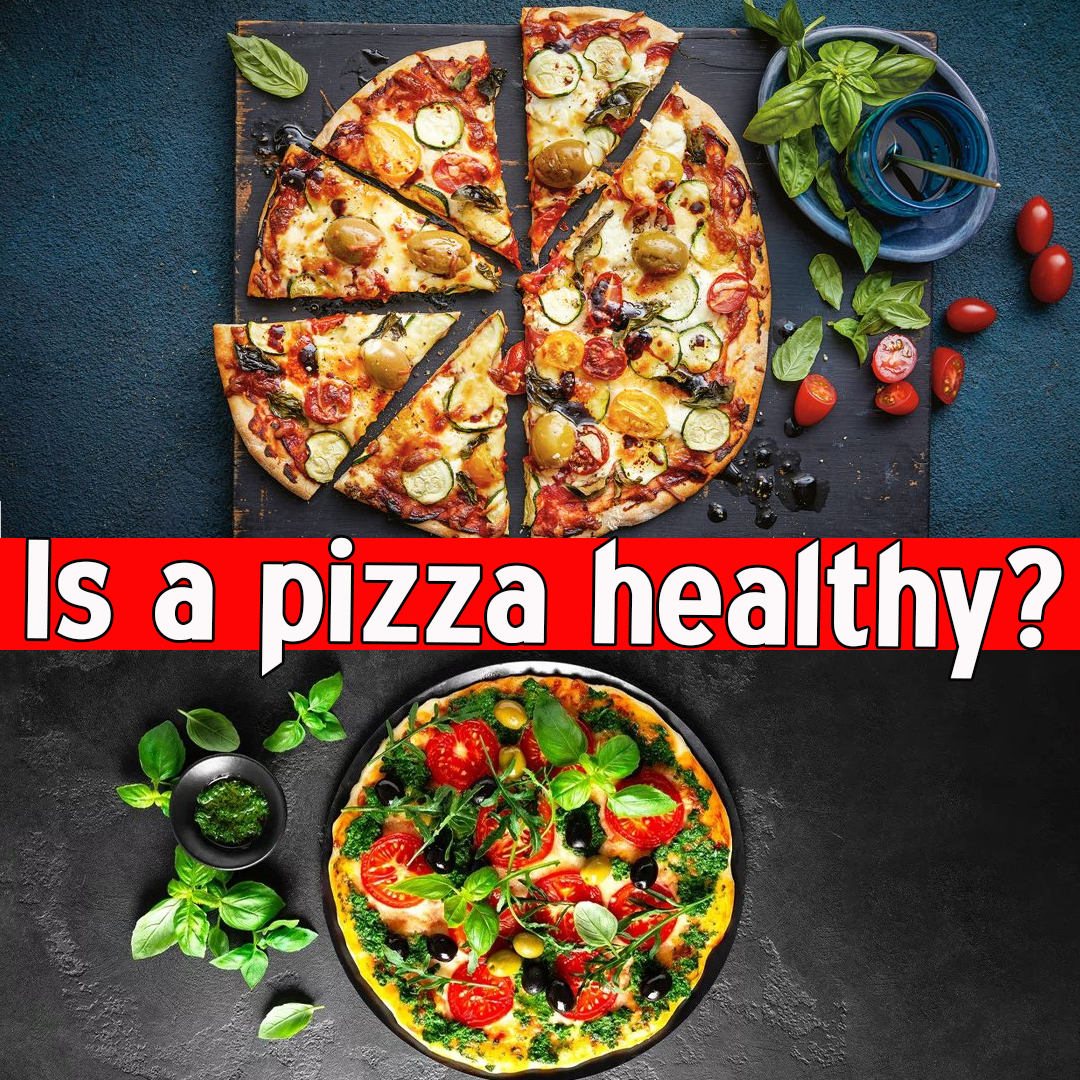


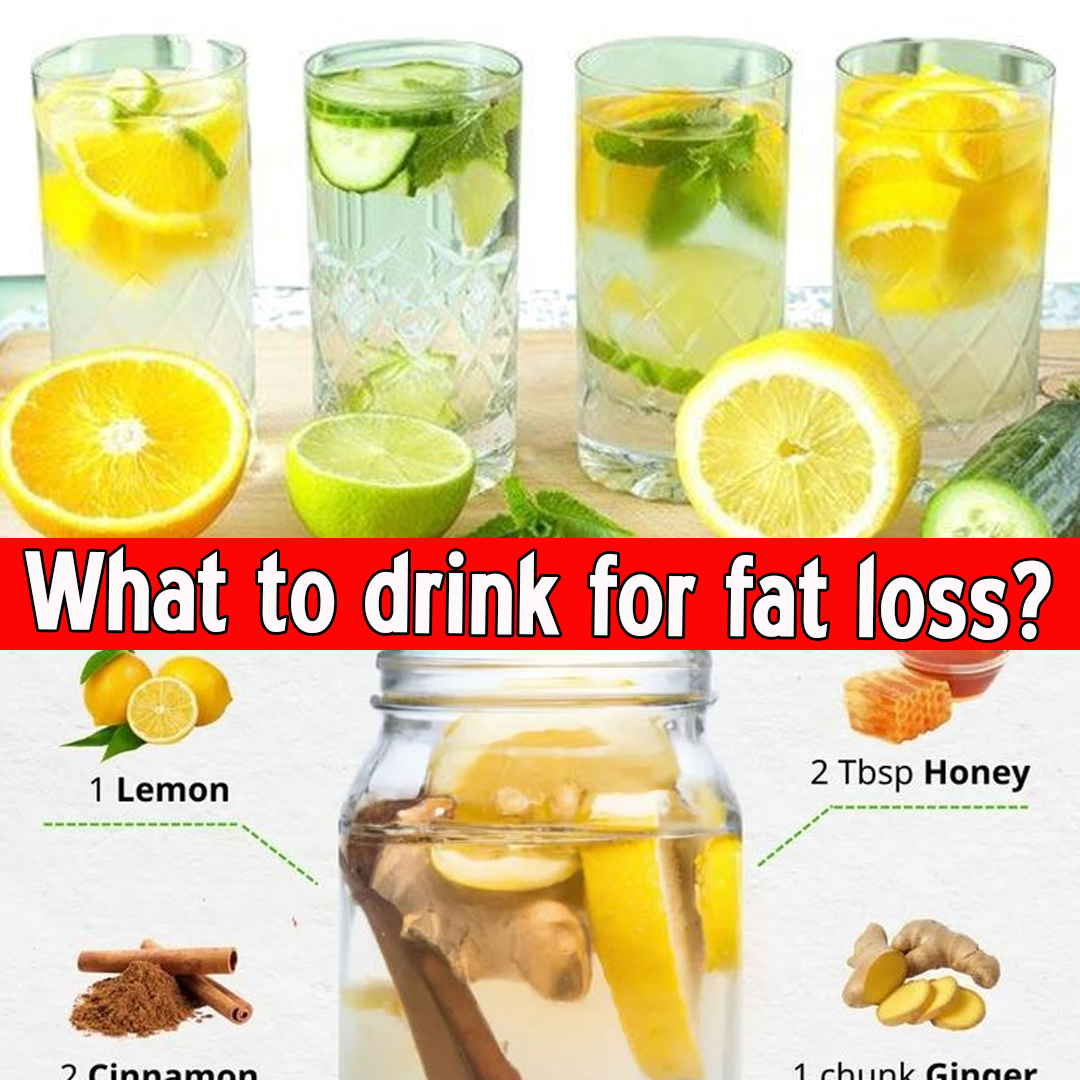


Leave a Reply